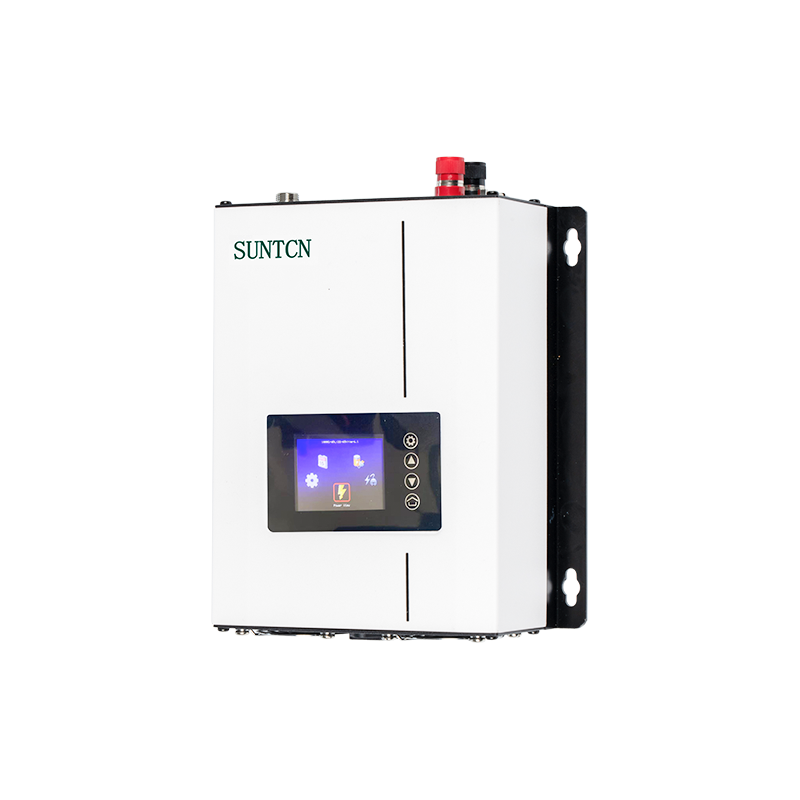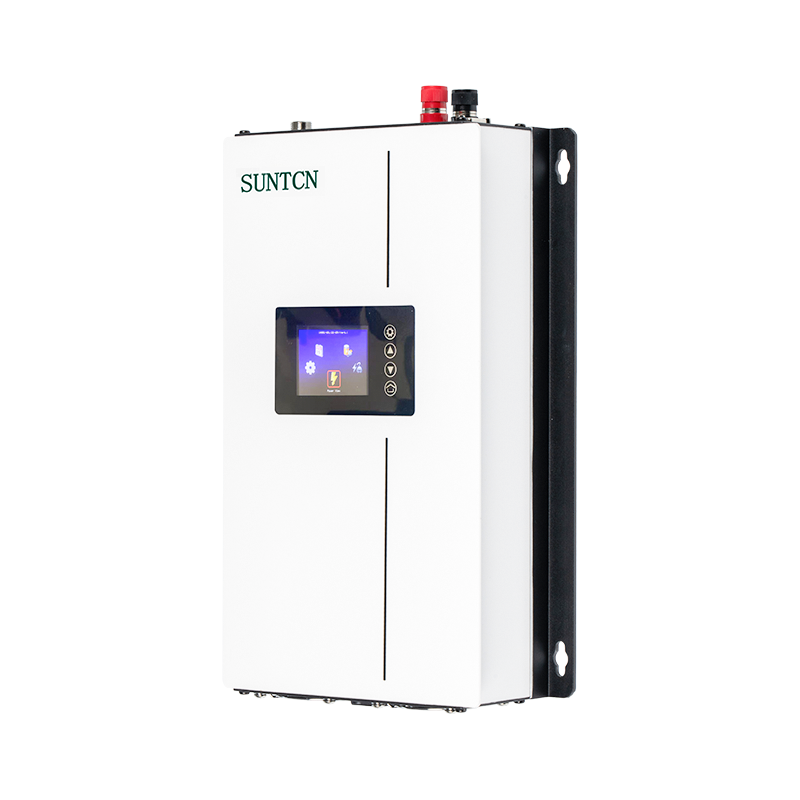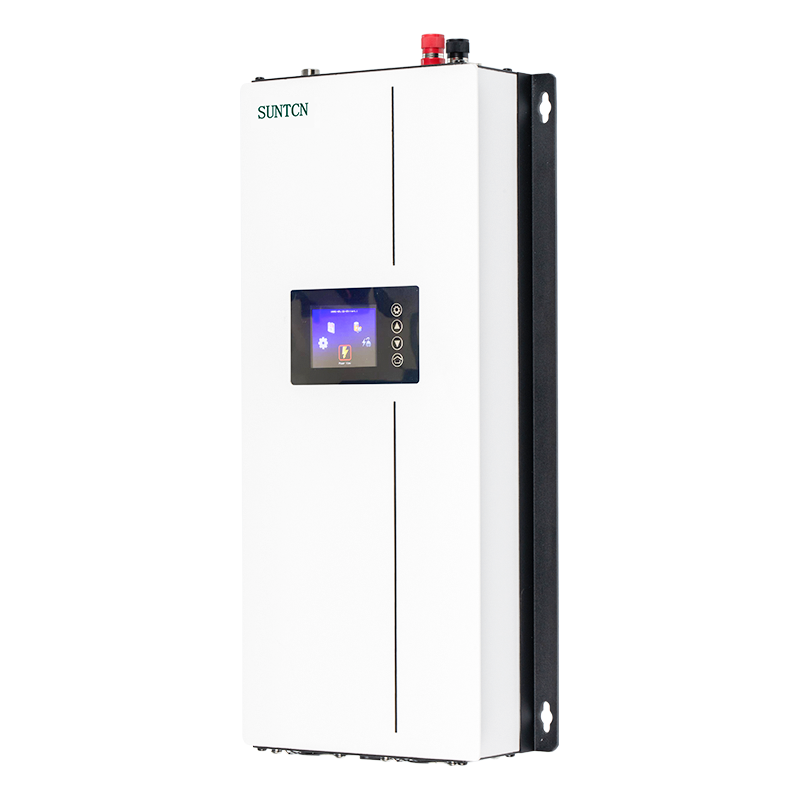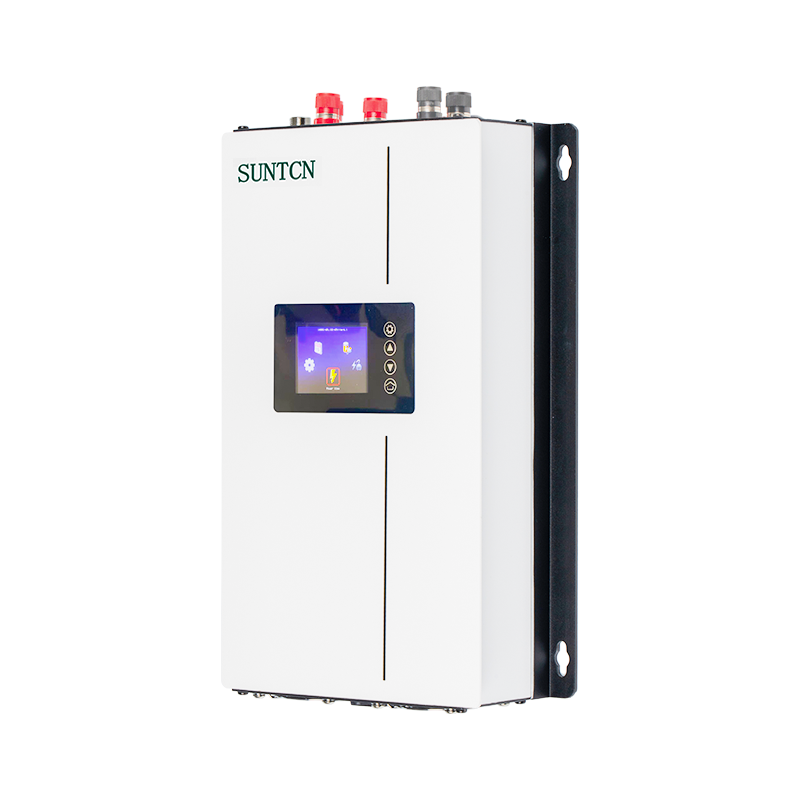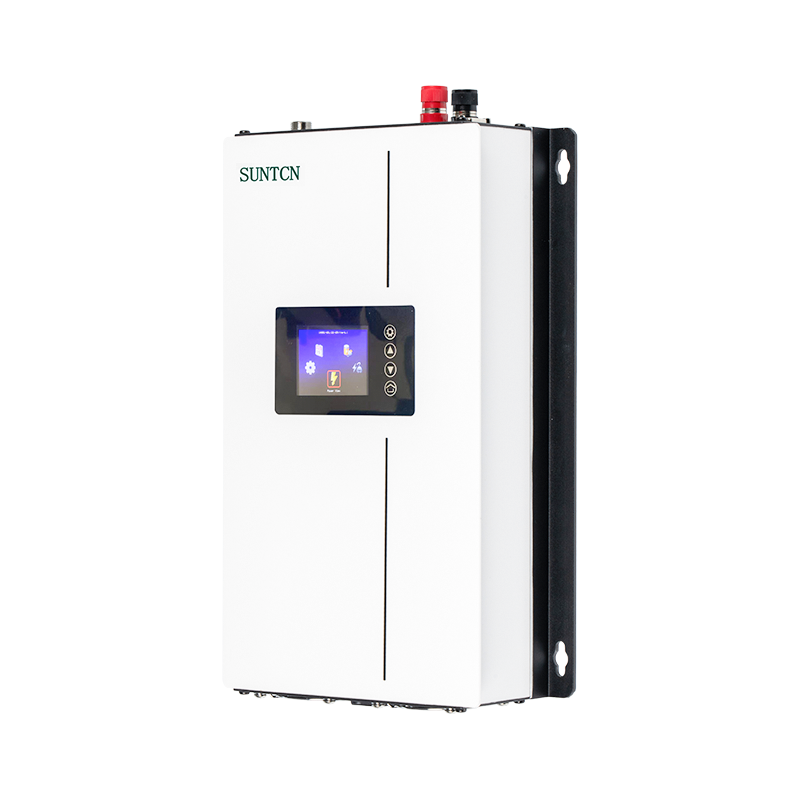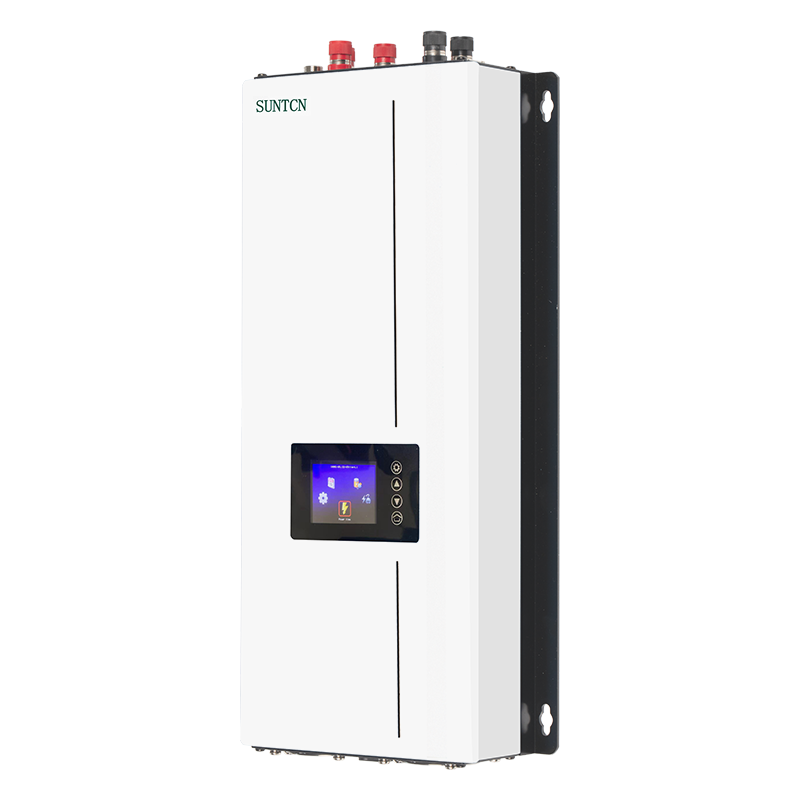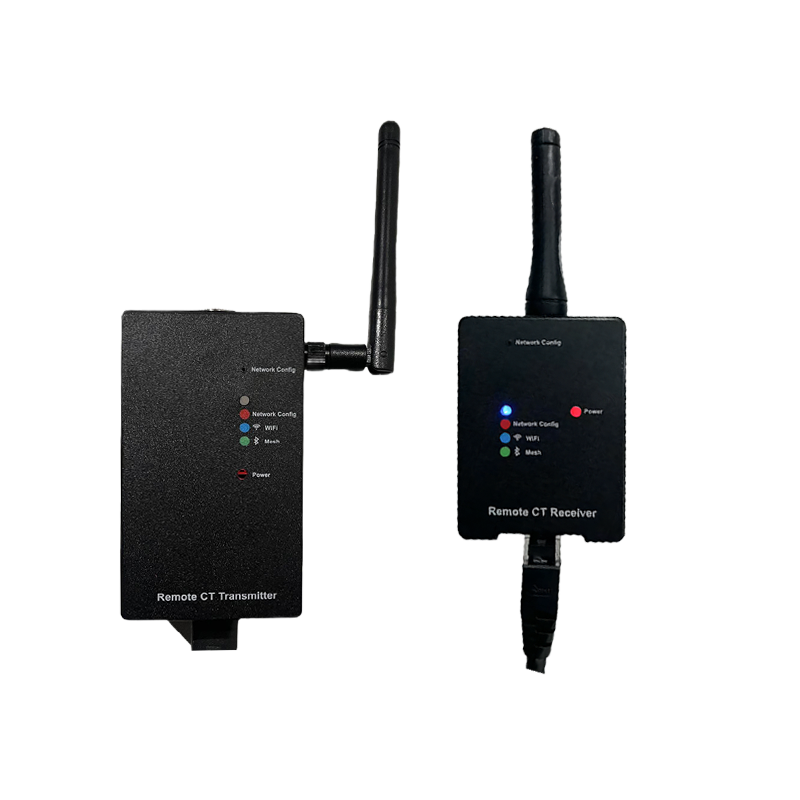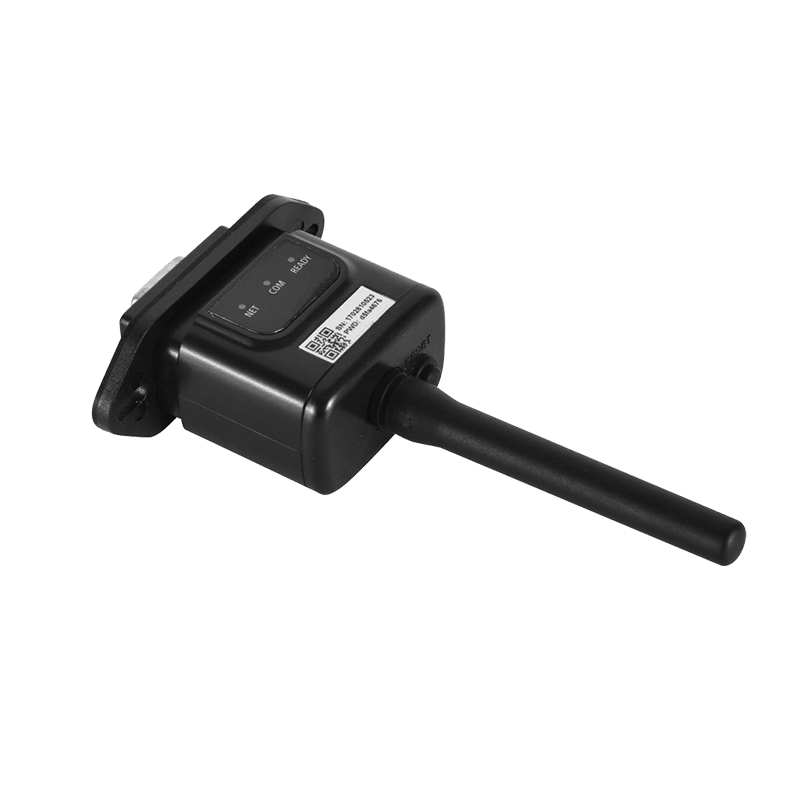The efficiency of a Wind-Turbine Grid Tie Inverter in converting wind energy to electrical power is a pivotal aspect that determines the overall performance and economic viability of a wind energy system. This efficiency reflects how effectively the inverter converts the kinetic energy captured by the wind turbine into usable electrical energy that can be fed into the power grid.
Key Factors Influencing Efficiency
1. Inverter Design and Technology:
Modern wind-turbine grid tie inverters are designed to achieve high conversion efficiencies, typically ranging from 90% to 98%. The specific efficiency of an inverter depends on the quality of its components, the sophistication of its control algorithms, and the overall engineering design. Advanced inverters incorporate cutting-edge technologies that minimize energy losses during conversion.
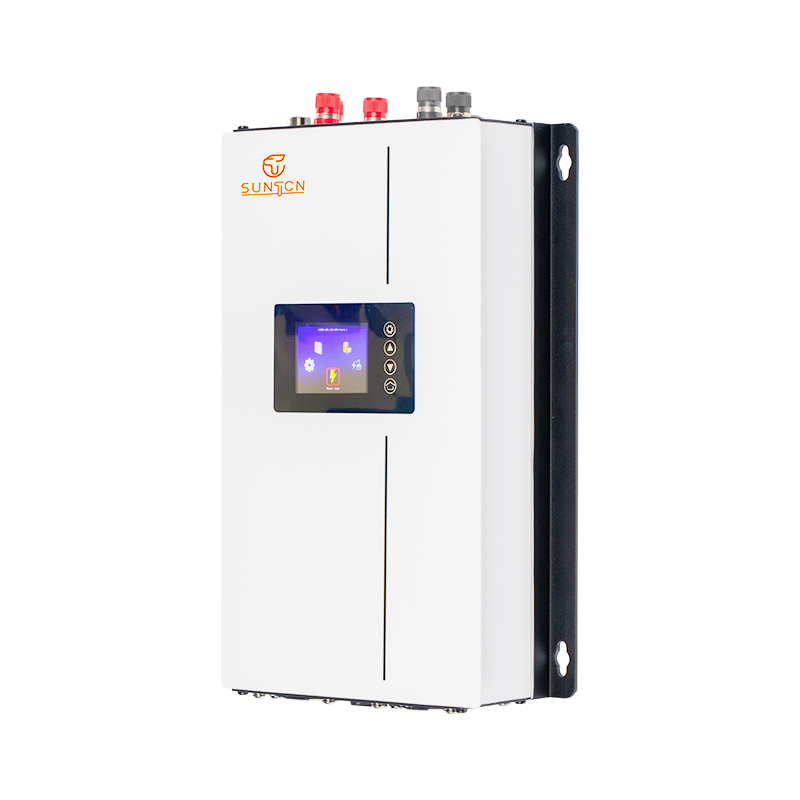
2. Maximum Power Point Tracking (MPPT):
A crucial feature in many high-quality inverters is Maximum Power Point Tracking (MPPT). MPPT technology optimizes the power output from the wind turbine by continuously adjusting the electrical load to operate at the most efficient point. This dynamic adjustment ensures that the maximum possible energy is harvested from the wind under varying conditions, significantly enhancing the system's overall efficiency.
3. Thermal Management:
Efficient thermal management is essential for maintaining high inverter efficiency. Effective heat dissipation systems prevent the inverter from overheating, which can degrade performance. Advanced thermal management solutions ensure that the inverter operates within optimal temperature ranges, maintaining high efficiency even under demanding environmental conditions.
4. Grid Compatibility:
The efficiency of an inverter is also dependent on its ability to synchronize seamlessly with the grid's frequency and voltage. Efficient synchronization minimizes energy losses during the conversion and transmission processes, ensuring that a high proportion of the generated energy is delivered to the grid.
5. Wind Conditions:
The performance of the inverter is inherently linked to the wind conditions. Consistent and strong wind speeds allow the inverter's MPPT system to operate optimally, maintaining high efficiency. Conversely, highly variable wind conditions can challenge the MPPT system, potentially reducing overall efficiency.
Typical Efficiency Metrics
Conversion Efficiency:
Conversion efficiency is a measure of the electrical power output relative to the mechanical power input from the wind turbine. High-quality grid tie inverters typically achieve conversion efficiencies between 90% and 98%. This means that for every 1000 watts of mechanical power generated by the wind turbine, the inverter can convert approximately 900 to 980 watts into electrical power.
System Efficiency:
System efficiency takes into account the entire wind energy system, including the turbine, the inverter, and any ancillary components. While the inverter itself may have a high conversion efficiency, overall system efficiency will be slightly lower due to additional energy losses in other system components.
Consider a high-quality Wind-Turbine Grid Tie Inverter with a stated efficiency of 95%. If a wind turbine generates 1000 watts of mechanical power, the inverter would convert approximately 950 watts into electrical power that can be fed into the grid. The remaining 50 watts would be lost due to various inefficiencies inherent in the conversion process.

 English
English Español
Español Deutsch
Deutsch